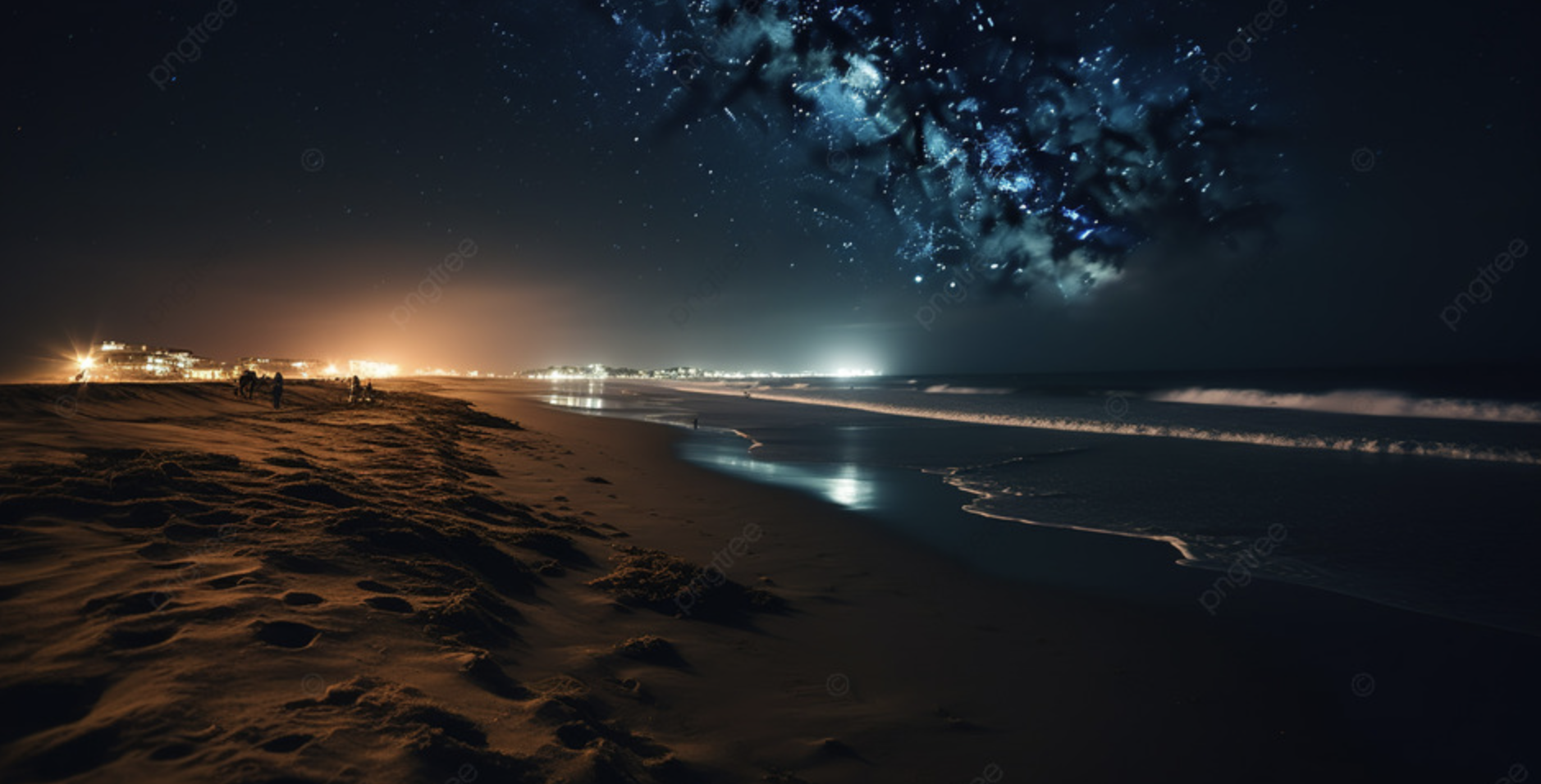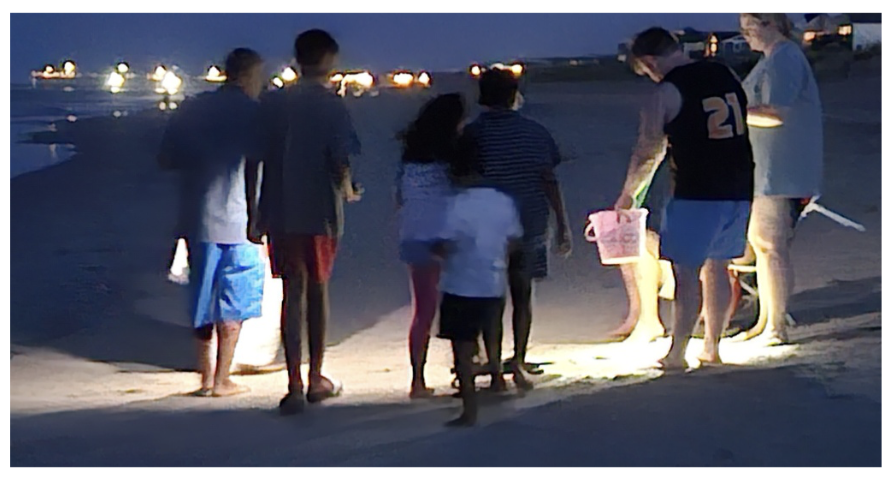
Beach Lighting
If you have questions related to light pollution or retrofitting your home or business with turtle certified lighting on the Outer Banks email us at lighting@nestobx.org.
Sea turtles have crawled onto beaches to nest for millions of years. It was once easy for hatchlings to find the ocean after emerging from nests using the contrast between the darker dune and the brighter ocean.
In the world today, however, the trek to and from the ocean is often fraught with many hazards. Lights shining onto the beach send confusing cues. Mother sea turtles may change their minds and go back to the ocean without laying eggs or not come onto the beach at all. If they do lay eggs, their hatchlings naturally head toward the brightest light and may end up in parking lots, under beach homes or in the dunes unable to reach the ocean. When hatchlings fail to find a direct path to the ocean, they are more prone to predation, dehydration, energy loss and death. There is no safe level of light pollution for sea turtles or replacement for the incredible loss of habitat it causes.
The differences between our eyesight and that of sea turtles lead to some mitigation strategies for light pollution. They can see near-ultraviolet, blue, and green light pretty well though they are nearsighted. These are short wavelength lights, < 560 nm. Turtles don’t see long wavelength lights such as amber or red nearly as well. Also, their spatial range is much shallower than ours, seeing just 10 to 30% above the horizon. While long wavelength light is safer for sea turtles, it is by no means harmless.
What is Skyglow?
Skyglow is cumulative polluting artificial light in the night sky. N.E.S.T. in partnership with the town of Nag Head, is doing monthly Sky Meter Readings (SQM) on the beaches of Nags Head reflecting the cumulative amount of light pollution at those sites. Learn about this project here.
What you can do to help prevent light pollution
Turn off unnecessary lights, including indoor lights
Prevent indoor light from illuminating the beach area
Outdoor fixtures should be long wavelength, low wattage, and shielded (see illustrations)
Turtle friendly fixtures and bulbs certified by the state of Florida can be found here . Look for the listed products or contact lighting@nestobx.org for local stores that carry turtle friendly lighting.
Use red or amber flashlights when walking on the beach or better yet … none at all! Read on about temporary lighting.
Temporary lighting such as white flashlights and cell phones used on the beach for nighttime recreational activities is an increasing problem and poses a serious threat to sea turtles. If beachgoers shine light on a nesting turtle, she may abandon her attempt to nest and head back to the ocean. Moving lights appear to be more disruptive than stationary lights. Please leave flashlights, cell phones, and other temporary lights at home and let your eyes adjust to natural light levels when visiting the beach at night.
Your donation to NEST Beach Lighting supports our efforts to reduce lighting hazards for sea turtles. For a donation of $100 or more, you will receive a bumper sticker to show your support.




